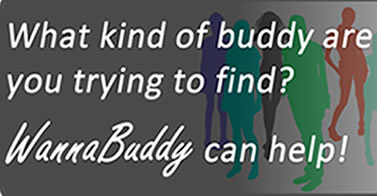Pilates exercises are enjoyed by more than five million people in the U.S. today. Based on the work of Joseph Pilates in the '20s, Pilates concentrates on strengthening the body's core muscles through a series of carefully scripted movements and intense mental concentration. Here is a brief review of the key concepts that made Pilates popular.
The German physical trainer Joseph Pilates experimented with the popular exercises of his day in search of the ideal way to blend mind and body into a healthy whole. His studies resulted in two books that described a series of exercises (he called it "contrology") intending to improve health and well begin. Most of his exercises required only a cushion or mat, with a few requiring equipment to provide additional resistance to movement. Over time, the equipment list has grown, along with some pretty creative names, such as the Cadillac, the trapeze table, the wunda chair, the ladder barrel, the guillotine tower and the foot corrector.
Modern Pilates studios typically offer hand weights, foam rollers and inflated exercise balls. The exercise mat still plays a central role, though. For this reason, may people enjoy Pilates at home, accompanied by a DVD or game system for instruction and pacing.
Joseph Pilates thought that the mental component of exercise was just as important as the physical. He formulated six central principles:
- Centering, bringing one's attention and focus to the core of the body. The body's core is considered the source of all energy.
- Concentration, eliminating distractions and attending entirely to the exercise at hand.
- Control, which refers to making completely controlled movements without extraneous movement.
- Precision, the exact alignment of body parts through the entire exercise.
- Breath, a central tenet requiring full breathing control through the exercise sequence. Joseph Pilates compared our lungs to the bellows in a blacksmith's shop.
- Flow, which refers to the graceful and unbroken transition from one exercise to the next.
Pilates exercise has many positive features. The "flow" component means that the exercises are gentle and low impact to the body. The exercises build flexibility, strength and coordination without building substantial muscle mass. The poses and transitions from exercise to exercise improves your balance. The attention to the mental aspect of exercise promotes stress reductions and improves your mood. With many of the exercises requiring only a soft floor covering, people can explore Pilates without making a substantial investment in equipment or attire.
Does Pilates sound like the right exercise program for you? It takes very little investment to check it out. Once you give it a try, click on the Comment button and let us know what you think!




I think its great to do Pilates. People who have been doing it for years are hooked! However I think what stops many from trying PIlates for the 1st time is because it is relatively more expensive compared to running, swimming etc, hence I think starting free may help. That is watching Pilates videos and practising it!
ReplyDelete